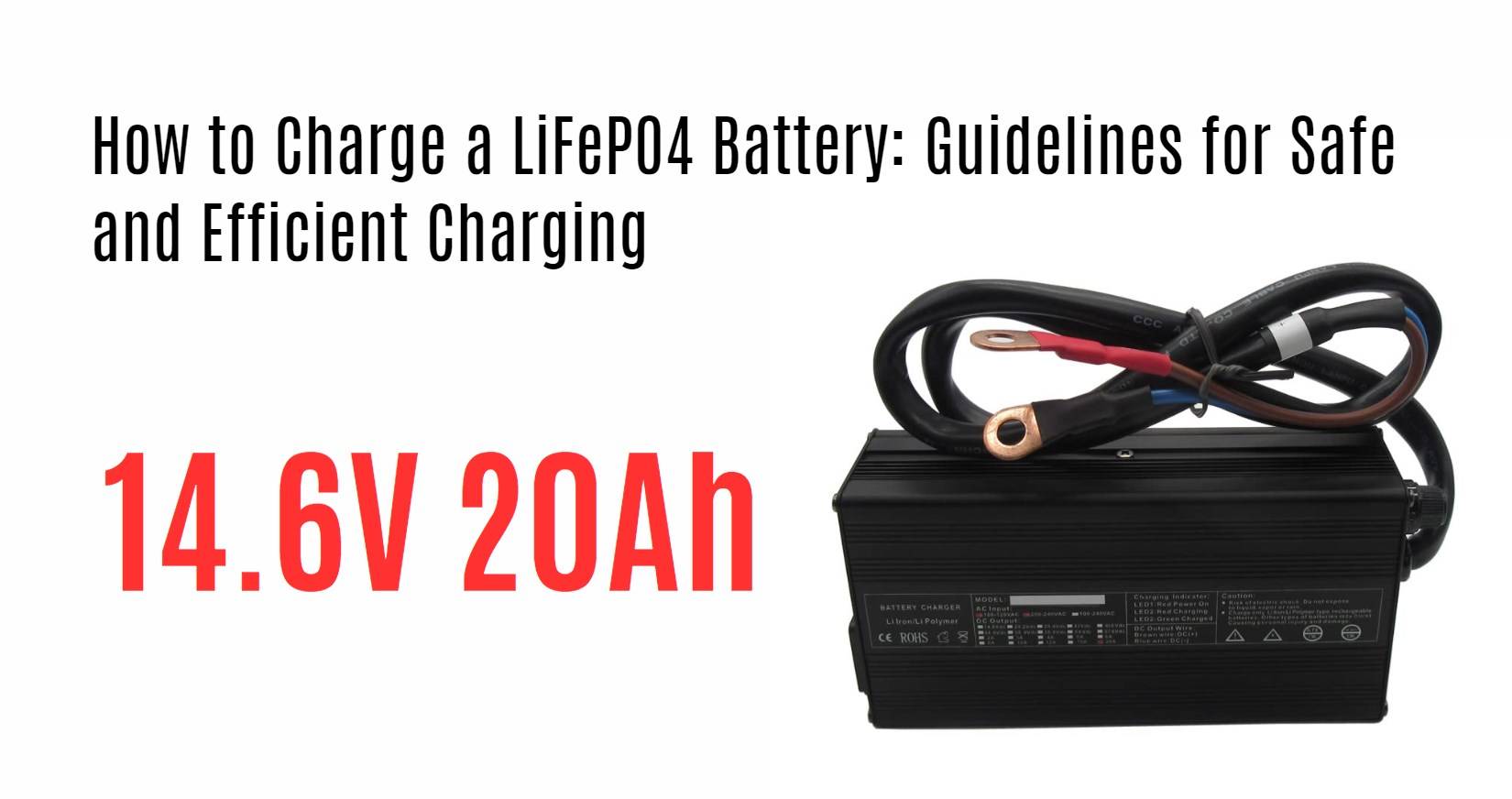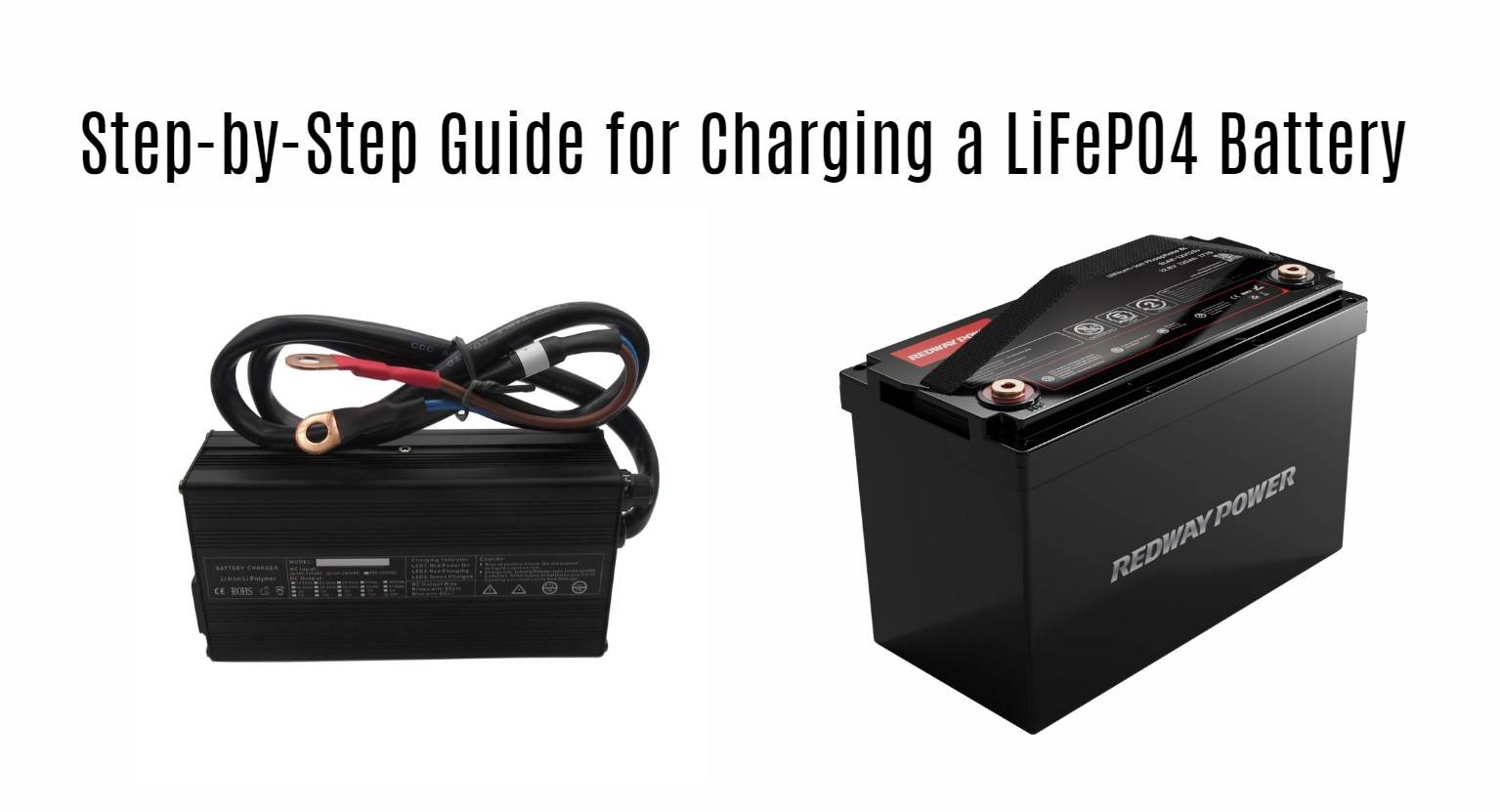Charging a Lithium Iron Phosphate (LiFePO4) battery requires adherence to specific guidelines to ensure safety and efficiency. Best practices include using compatible chargers, monitoring temperature, and recognizing signs of proper charge, which collectively enhance performance and longevity.
What Are the Best Practices for Charging LiFePO4 Batteries?
To charge a LiFePO4 battery safely, follow these best practices:
- Use chargers specifically designed for LiFePO4 chemistry.
- Avoid deep discharges; aim to keep the state of charge between 20% and 80%.
- Regularly monitor voltage levels during charging.
Chart Title: Best Practices Overview
| Practice |
Description |
| Use Compatible Chargers |
Ensures correct voltage levels |
| Avoid Deep Discharges |
Reduces stress on cells |
| Monitor Voltage |
Prevents overcharging |
How Does Temperature Affect the Charging Process?
Temperature significantly affects how efficiently a LiFePO4 battery charges. High temperatures can lead to increased internal resistance, while low temperatures may reduce capacity during charge cycles, potentially leading to incomplete charges.
What Type of Charger Should Be Used for LiFePO4 Batteries?
Using a charger specifically designed for LiFePO4 batteries is crucial as it ensures that voltage and current levels are appropriate, preventing damage due to overvoltage or excessive current.
Why Is It Important to Follow Specific Charging Guidelines?
Following specific guidelines when charging helps prevent common issues such as overcharging, which can lead to thermal runaway or reduced battery lifespan, ensuring that users get optimal performance from their batteries.
How Can You Prevent Overcharging a LiFePO4 Battery?
To prevent overcharging:
- Use a charger with an automatic shut-off feature.
- Implement a battery management system (BMS) that monitors voltage levels.
- Regularly check charge status during use.
Chart Title: Overcharging Prevention Methods
| Method |
Description |
| Automatic Shut-Off |
Stops charging at full capacity |
| Battery Management System |
Monitors individual cell voltages |
| Regular Checks |
Ensures proper charge status |
What Are the Signs of a Properly Charged LiFePO4 Battery?
A properly charged LiFePO4 battery typically exhibits stable voltage readings at or near its rated voltage, minimal heat generation during charging, and no swelling or physical deformation.
How Does the Charging Cycle Work for LiFePO4 Batteries?
The charging cycle involves two main stages: constant current (CC) followed by constant voltage (CV). Initially, the charger supplies a constant current until reaching a preset voltage, after which it switches to constant voltage mode until current decreases to a predefined level.
What Is the Recommended Charging Voltage for LiFePO4 Batteries?
The recommended charging voltage for standard
12V LiFePO4 batteries typically ranges between 14.2V and 14.6V, depending on manufacturer specifications, ensuring safe and efficient operation.
Expert Views
“Charging a LiFePO4 battery effectively hinges on understanding its unique chemistry and adhering to best practices; this not only maximizes performance but also extends its lifespan,” states an expert in energy storage solutions.
FAQ Section
- Can I use any charger with my LiFePO4 battery?
No, it is essential to use chargers specifically designed for LiFePO4 chemistry to ensure safety and compatibility.
- What happens if I overcharge my LiFePO4 battery?
Overcharging can lead to thermal runaway, reduced lifespan, or even catastrophic failure; thus, monitoring is crucial.
- How often should I check my battery while it’s charging?
Regular checks are advisable, especially if using manual chargers without built-in monitoring features.




